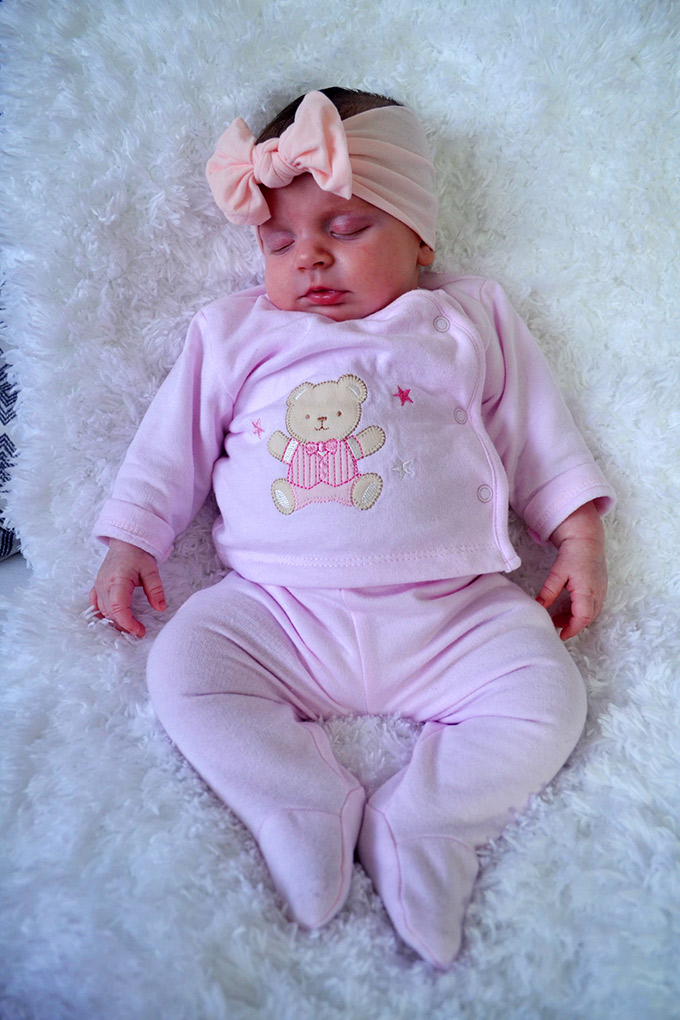The primary problem here is simply one of exposure. The camera's metering system is not really smart — it doesn't know the difference between a white blanket that's dimly lit and a gray blanket that's brightly lit. It just assumes that everything is somewhere in the middle.
Your scene contains a lot of white. This fools the camera's assumption about the world, and as a result it underexposes.
You can compensate for this when shooting by adding one or two stops of exposure compensation. (EV +1). Or, in post processing (especially if you have the RAW file), brightening the exposure with the equivalent slider will help, too. (Not as good as getting the exposure right first, but should be just fine even with a DSLR that's a few years old.)




